By Katie Lyons
Pope Francis has already managed to break with tradition. He refused to elevate himself higher than the other cardinals during his address, and he asked for the crowd’s blessings.
 Cardinal Jorge Bergoglio in 2008 (Wikimedia)
Cardinal Jorge Bergoglio in 2008 (Wikimedia)The new pope’s unconventional ways resonates with Bobby Goodin, who attends the Holy Cross Church on Main Street in South Los Angeles.
“And in his address he did something that I don’t remember seeing before,” said Goodin. “He asked the people to pray for him before he blessed them. So that kind of shows us that he feels that our prayers are just as powerful as his are.”
Goodin is also impressed that Pope Francis is a Jesuit- the single largest religious order in the Catholic Church. However, there has never been a Jesuit pope.
“The first pope to be from the Americas- that’s impressive,” said Goodin. “But the first Jesuit is more impressive because the Jesuits are pretty independent. And they’re totally for education. So, the fact that he’s a Jesuit is more impressive to me.”
Adriana Guerra, who attends St. Vincent Catholic Church on Adams Boulevard, is impressed by Pope Francis’ Argentinian roots.
“The first time to have a pope from Latin America- that’s a wonderful thing that’s happening,” said Guerra. “So that’s why I’m glad to have a Latino from America. I think it’s better. I think it’s going to change a lot of things.”
Pope Francis was born in Buenos Aires to Italian immigrants and leads a simple lifestyle. When serving as archbishop in Argentina, he chose to live in an apartment rather than the archbishop’s palace. While living there, Pope Francis took the bus to work and cooked his own meals. Additionally, the 76-year-old is well-known for his work with the poor and his strong opposition to gay marriage.
Goodin believes the pope’s humility will be good for the church.
“From what I’m hearing, I think he’s a very holy man,” said Goodin. “I think it’s gonna be a good change. He seems like he’s very affable and friendly.”
With over 480 million Catholics in Latin America, experts believe that by choosing Bergoglio, Cardinals are hinting at where the future of the church may lie.
Listen to an audio interview about Pope Francis with Father James Heft of USC’s Institute for Advanced Catholic Studies









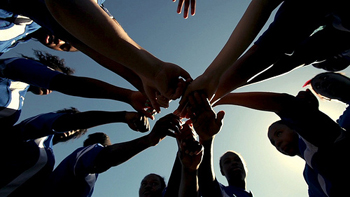 Photo courtesy of Stuart Krohn.
Photo courtesy of Stuart Krohn. 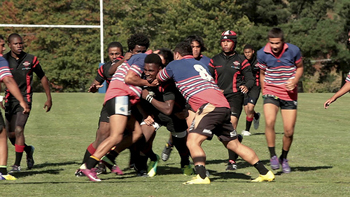 Photo courtesy of Stuart Krohn.
Photo courtesy of Stuart Krohn. 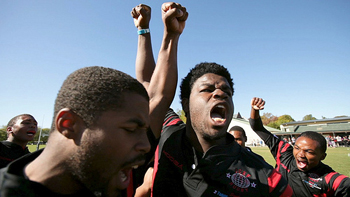 Photo courtesy of Stuart Krohn.
Photo courtesy of Stuart Krohn.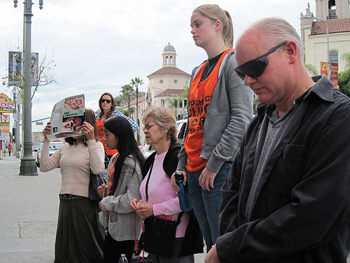 Anti-abortion protesters outside the Her Medical Clinic at Figueroa and West Adams.
Anti-abortion protesters outside the Her Medical Clinic at Figueroa and West Adams.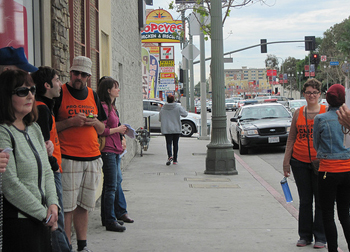 Escorts for patients at the clinic.
Escorts for patients at the clinic. 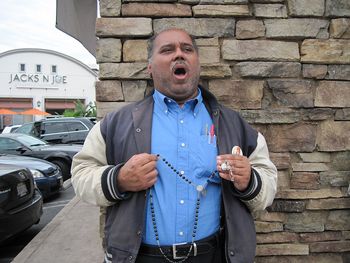 “I think some of them are very well intentioned and have their very own personal, spiritual reasons for thinking that for them praying here will have some positive impact. I have no problem with that,” said Blakey.
“I think some of them are very well intentioned and have their very own personal, spiritual reasons for thinking that for them praying here will have some positive impact. I have no problem with that,” said Blakey.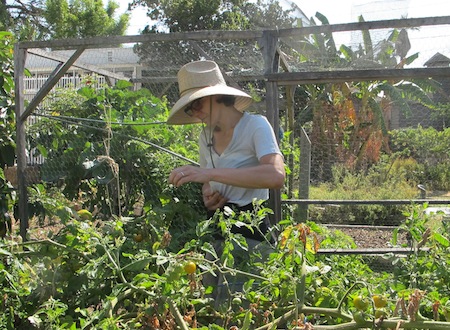 Last April, two Chinese students attending USC were
Last April, two Chinese students attending USC were 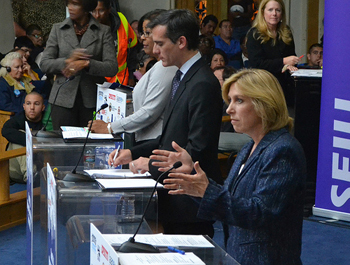 In Tuesday’s mayoral election, about one-third of voters cast their ballots for Councilman Eric Garcetti and one-third for Wendy Greuel, propelling both candidates on to the May 21 runoff election. In the coming months, it’s all eyes on that remaining third–a group that includes many South L.A.voters.
In Tuesday’s mayoral election, about one-third of voters cast their ballots for Councilman Eric Garcetti and one-third for Wendy Greuel, propelling both candidates on to the May 21 runoff election. In the coming months, it’s all eyes on that remaining third–a group that includes many South L.A.voters.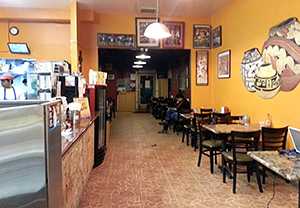 Inside 23rd Street Cafe. (Photo by Tanaya Ghosh)
Inside 23rd Street Cafe. (Photo by Tanaya Ghosh) The chicken tikka masala burrito combines the popular Indian dish with traditional burrito fillings. Chicken tikka masala consists of roasted chicken chunks, called tikka. The chicken is covered in a spicy,
or masala, sauce often made with tomato puree, cream and spices. If that’s not spicy enough for you, try adding the tangy house salsa verde to your burrito of choice.
The chicken tikka masala burrito combines the popular Indian dish with traditional burrito fillings. Chicken tikka masala consists of roasted chicken chunks, called tikka. The chicken is covered in a spicy,
or masala, sauce often made with tomato puree, cream and spices. If that’s not spicy enough for you, try adding the tangy house salsa verde to your burrito of choice.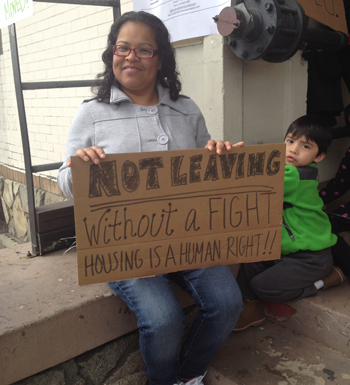 At the intersection of 30th and Flower Street there is a McDonald’s, a used tire center, and an old motel. The hum of the 110 freeway and the Expo line are constantly in the background.
At the intersection of 30th and Flower Street there is a McDonald’s, a used tire center, and an old motel. The hum of the 110 freeway and the Expo line are constantly in the background.
 That’s why she and the building’s residents sought the support of one of their most influential neighbors. City Councilwoman Jan Perry’s office for her now-dormant mayoral campaign was just a few doors down from the apartment.
That’s why she and the building’s residents sought the support of one of their most influential neighbors. City Councilwoman Jan Perry’s office for her now-dormant mayoral campaign was just a few doors down from the apartment.
 Racial playing field is unlevel for college students of color, according to Hutchinson.
Racial playing field is unlevel for college students of color, according to Hutchinson.





